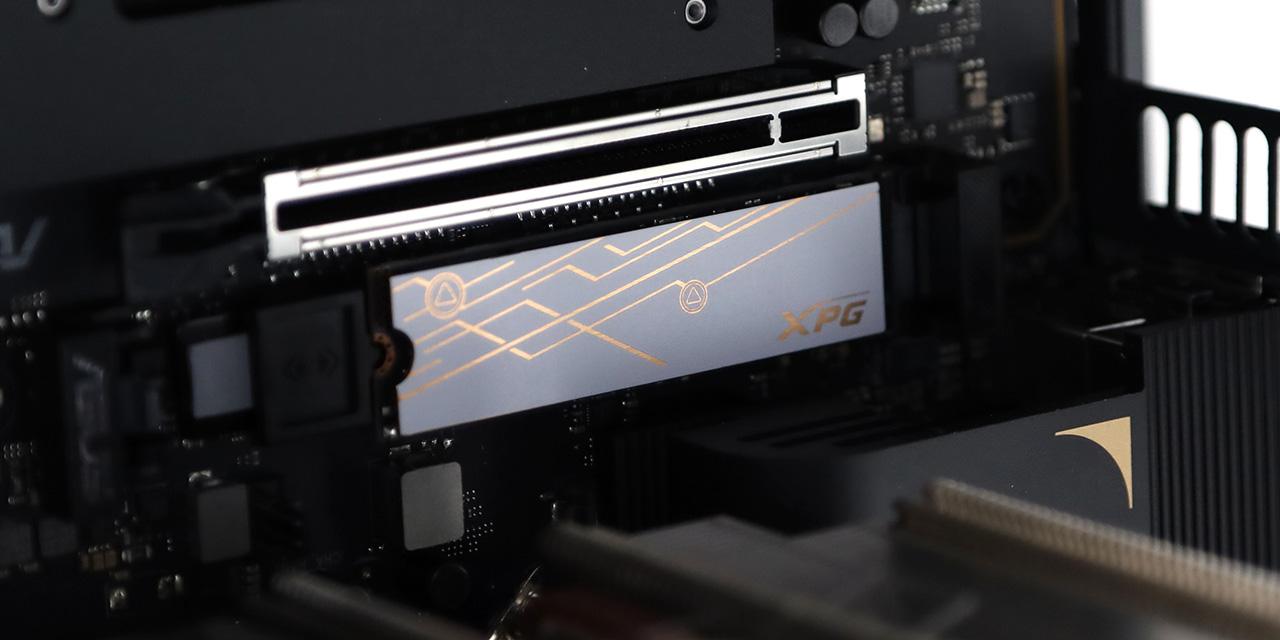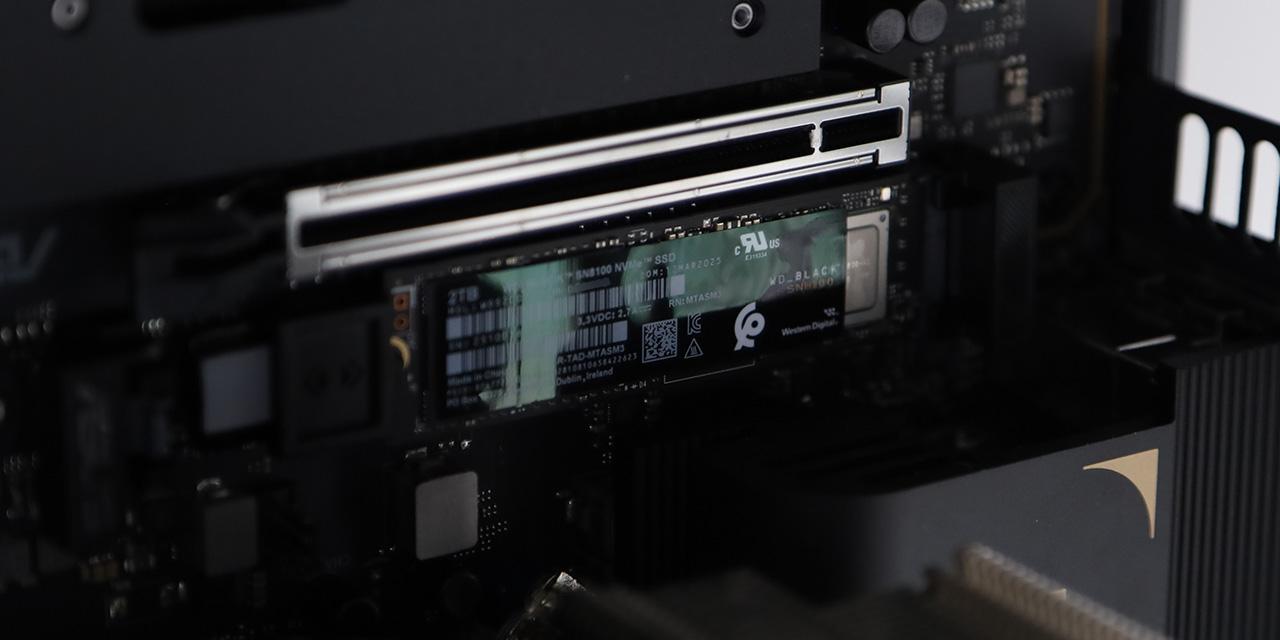By: Preston Yuen
March 11, 2011
I am a big fan of airsoft. I not only have my own collection of guns, but I have a slew of upgrades attached to my equipment as well. To be honest, I would go as far arguing airsoft is much more fun and realistic than paintball; and hence, why I have invested so much time and money into such an expensive hobby. And as an airsoft enthusiast, I not only play the sport itself, but am also into many types of first-person shooter games, whether it is on my computer or on my Playstation 3 (This includes shooting up zombies with my colleague Jeremy during office hours, haha). And of course, as obvious as it may seem, camouflage is a very important aspect in the world of airsoft in being able to protect yourself from easily spotted by the enemy. Being a more defensive player myself, I tend to hide and sneak around while playing on the field, and usually, this includes fortified bunkers and protected shelters. Speaking of bunkers, recently, I so happened to have stumbled across a product that quite intrigued me. Until that point in time, I had never thought that such a military theme could be implemented so nicely in the world of computers, other than the fact that shooter games are available for play. When I first saw the NZXT Bunker on the manufacturer's website, I immediately thought to myself that this is a must-have accessory, especially for computer enthusiasts like yours truly. The name itself already provides me with a good idea that it will provide some physical security to my peripherals, whatever it may be designed for. Further investigation tells me that it protects your USB cables and flash drives from being easily taken, especially when you are at LAN parties. Without further delay, let's read on to see what I have found out about the NZXT Bunker!
Our product unit arrived in Calgary, Alberta, Canada in the most picture-perfect and pristine condition via UPS Standard from California, USA. Of course, there were the usual unnoticeable bumps and bruises, but that should be of no concern. Also, NZXT had packed additional packaging peanuts to ensure its safety while traveling up north across the border.

The NZXT Bunker's product packing is quite simple. NZXT worked in a distinct military theme with a forest camouflage design on the outside of the cardboard box. The company name is placed on the top right hand side; while its name is printed boldly across the bottom. This is combined with a hexagonal shape encompassing it, enforcing the military theme. I find it quite interesting that NZXT has placed its product name in that position, because the first thing that came to my mind is a well protected low-lying military bunker, and this reminds me of just that. In reference to the size of the box, it is just large enough to contain what is inside. Flipping the box over gives you a brief overview of the Bunker itself, along with some of its features. These features can also be found on the manufacturer's website. Let's take a closer look at the features and specifications before moving on in this review:
Features
- Sophisticated 20 Key lock system prevents users with the same device from unlocking your lock
- 4 USB expandability
- Durable locking door prevents stealing at public locations like LANs, Schools, etc.
- Closing limit: the USB port in the position closest to the hinge cannot have USB head longer than 2.2cm (0.86 inches) if user wants to close bunker door
- Storage limit: Bunker can only store USB heads with 4.2cm length (1.6 inches) or less
- 5.25"

The packaging of the NZXT Bunker features a simple flap that opens from the front. Out of the box, you will get the Bunker itself in a plastic bag, four additional mounting screws, a set of two keys for the lock, and a simple miniature poster-like manual. Although it is quite small and light, I would have preferred to have NZXT include additional protection inside the box. On the other hand, I think it is reasonable to assert the Bunker itself is a toughly built item, without the need of wimpy protection schemes around it.

At closer inspection of the NZXT Bunker, we can see it is almost entirely made out of hard plastic. As you can see from the photo above and from the features list, the Bunker houses four USB 2.0 ports, obviously used for any of your USB 2.0 devices. However, once you have your devices plugged in, the devices stick out quite a bit. Fortunately, NZXT has decided to implement a spring loaded design so the connector retracts into the bay and permit the door to be closed and locked. I will be touching on this feature in more detail in just a moment.
The Bunker door is also made of hard plastic, with a metal mesh in front. Once opened, this door automatically swings, open due to the spring implemented in its design. However, before we keep going on this review, may I kindly remind you that not everything is as durable as they seem to be. Although the plastic seems pretty solid, the hinge section on the right side of the door could potentially break off if too much force is put on it, since the door is attached to the hinge via a small piece of plastic. If that happens, you will be left with a simple front panel USB hub rather than a working "bunker".
The left side features a metal barrel lock and key, which is one of the most simple, yet reliable types of locking methods used today. NZXT produces twenty different key combination to reduce the likelihood of someone owning the same device from gaining access to your devices attached to your Bunker. There are two keys provided for your lock. As well, a model number can be seen stamped on each key, just in case you lose one, or need to obtain an additional one for any reason. Turning the key counterclockwise lets the front door loose, and the spring loaded system pushes the USB ports forward. To close the door, simply hold it back in place, and turn the key on the lock clockwise.

Taking a closer look from the back, we can see the USB ports are situated on a printed circuit board situated on a platform, in order for the spring design to push the ports forward. This is used mainly for convenient access to the ports. Closing the door subsequently forces the panel to recess proportionally back into the Bunker. However, I have noticed that the USB ports do not start recessing back into the Bunker until the door is approximately at a 45 degree angle. This reduces the clearance of the right-most USB to about 0.86" or 2.2cm. This is one flaw that I have found in the Bunker; and it is quite irritating as you can only fit small sized USB devices in that slot without having the door pry against your devices while closing the door. NZXT should have provided slightly more clearance room here, as there is plenty of space in the back end of the Bunker. The rest of the USB ports can accommodate items up to 4.2cm long. On the other end, we have a USB header cable to attach the USB ports of the Bunker to your motherboard. The length of the cable measures to be about 32cm, which should more than enough to reach the USB header on most motherboard.
------------------------------------------
The Tests

Installation of the NZXT Bunker was quite a hassle, despite how simple it seems at first. What you have to do was slide it into your 5.25" bay, and lock or screw it in place (Personally I would not recommend tool-free installation for this). However, I have found the mounting holes on the sides of my Bunker were slightly misaligned, making installation somewhat more complicated than necessary. Once you have either the front or back set of holes aligned, you'll have to align the other set of holes again. This is another flaw in which I found on the Bunker, and this should have been easily fixed by NZXT in terms of quality control. However, once you have it installed, this little beast will not budge a millimeter. And, of course, you will also need to plug the USB cable from the Bunker to the USB header on your motherboard.
"APH HDTV!?" Yep, just for special readers like yourself. Here is a short demonstration of how the spring-loaded panel is implemented, as well as a test of the NZXT Bunker durability. As we can see in our video above, once you unlock the Bunker, the door will automatically spring out, as aforementioned. In general, flash drives of average length and USB cables will fit into the Bunker. However, as mentioned previously, flash drives that are longer than 4.2cm excluding the connector itself will not fit in the Bunker with the door closed. As for cables that stick out, they are neatly tucked under the door of the Bunker.
Of course, a video cannot go by without some tests. I have put a reasonable amount of force in tugging the cables to see how well the Bunker stands up to thefts of opportunity. I specifically mention opportunity thefts, because I want to remind you the NZXT Bunker is not designed to make your USB peripherals unstealable. Statistically, many items are stolen because it was easy, and not because the thieves are really after it. It is like the front door of your house. Many homes in North America are easy to break into; it probably takes no more than a strong kick on your front door to break the lock and get in. But you still have a front door installed, and you still keep the house locked to discourage people from easily gaining access to your property. As we can see in the video, the Bunker is capable handling quite a bit of force -- more than necessary to prevent people from easily yanking your USB devices. I must say, this is quite a "bunker"! So in order for the will-be thieves to actually steal your peripherals from your computer, they would have to pull really hard. And if they are that determined, it is probably easier to steal your entire computer outright. If they were going solely for your peripherals, cutting your wires with scissors is also probably easier, but most this kind of thief does not want to deal with broken wires. At this point, the would be violator is probably just going to leave your stuff alone and take the stuff connected to the computer next to you in a LAN party or any other public location. In other words, the NZXT gets the job done by preventing opportunity thefts from being done by people walking by and nabbing your expensive peripherals.
------------------------------------------
The NZXT is the first of its kind that I have seen on the mainstream market in terms of physical computer peripheral security. Although it is not made of the strongest materials available, it stands up to the tests well with its four easily accessible USB port; all of which are locked in with a simple metal barrel-and-key system on the front door. As seen in our testing video above, the Bunker is commendably robust, as it is able to withstand a reasonable amount of force. I have to say that the Bunker was more than what meets the eye in terms of securing down your USB devices. However, a product is never a product without its flaws. First and foremost, the plastic section in the hinge section of the door may be somewhat flimsy. If the thief decides to use pure brute force to break open the Bunker, the first part to break is probably this section. It would have been nice if NZXT had some extra reinforcements here, or use metal instead. Also, the right most USB port only supports devices with a length up to 2.2 cm. NZXT could have provided some extra clearance space for those lengthier devices, as there is still quite a bit of room at the back of the Bunker. Besides these minor flaws, I believe that the NZXT Bunker has served its purpose well, that is, to physically secure your USB devices and discouraging opportunity thefts from occurring in public places. All of this is yours for a $24.99 price tag at press time. In my opinion, this is well worth your money, as it gives thieves a second thought to whether they should be stealing your peripherals, or the peripherals of your neighboring computer. In that case, it would be their problem, haha.

NZXT provided this product to APH Networks for the purpose of evaluation.
APH Review Focus Summary:
8/10 means Definitely a very good product with drawbacks that aren't likely going to matter to the end user.
7/10 means Great product with many advantages and certain insignificant drawbacks; but should be considered before purchasing.
-- Final APH Numeric Rating is 7.6/10
Please note that the APH Numeric Rating system is based off our proprietary guidelines in the Review Focus, and should not be compared to other sites.
The NZXT Bunker is a great physical computer security accessory for a mere $24.99 MSRP. If your computer is located in a public location, this investment is well justified.
Do you have any comments or questions about the NZXT Bunker? Drop by our Forums. Registration is free, and it only takes a minute!





